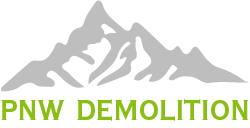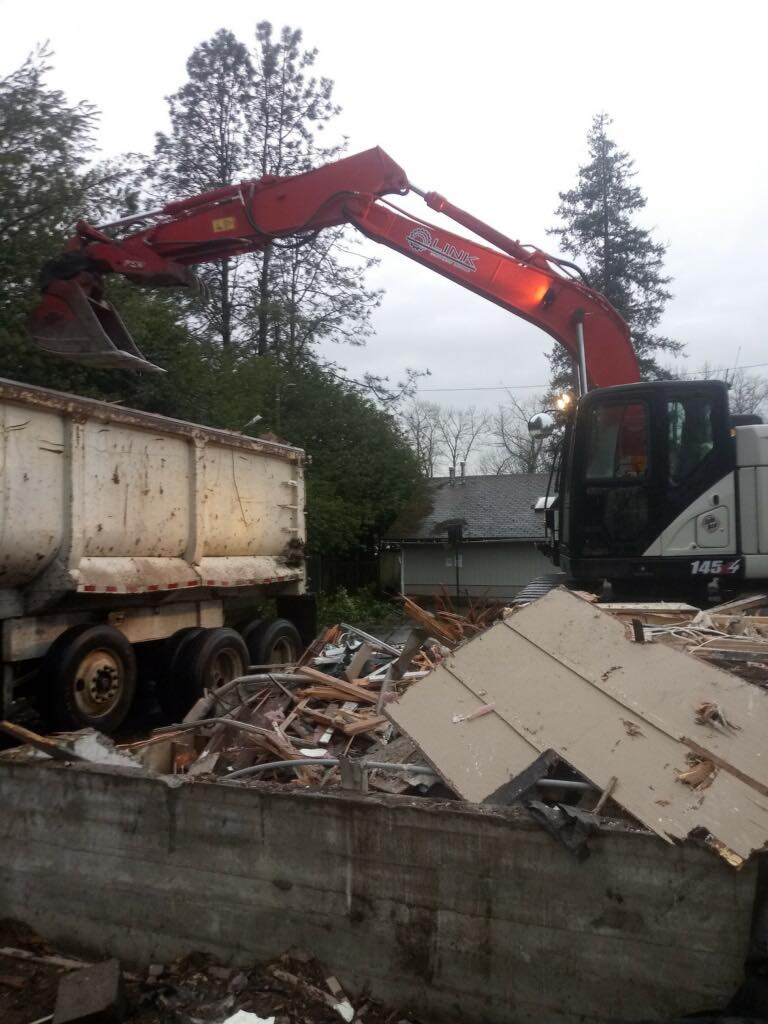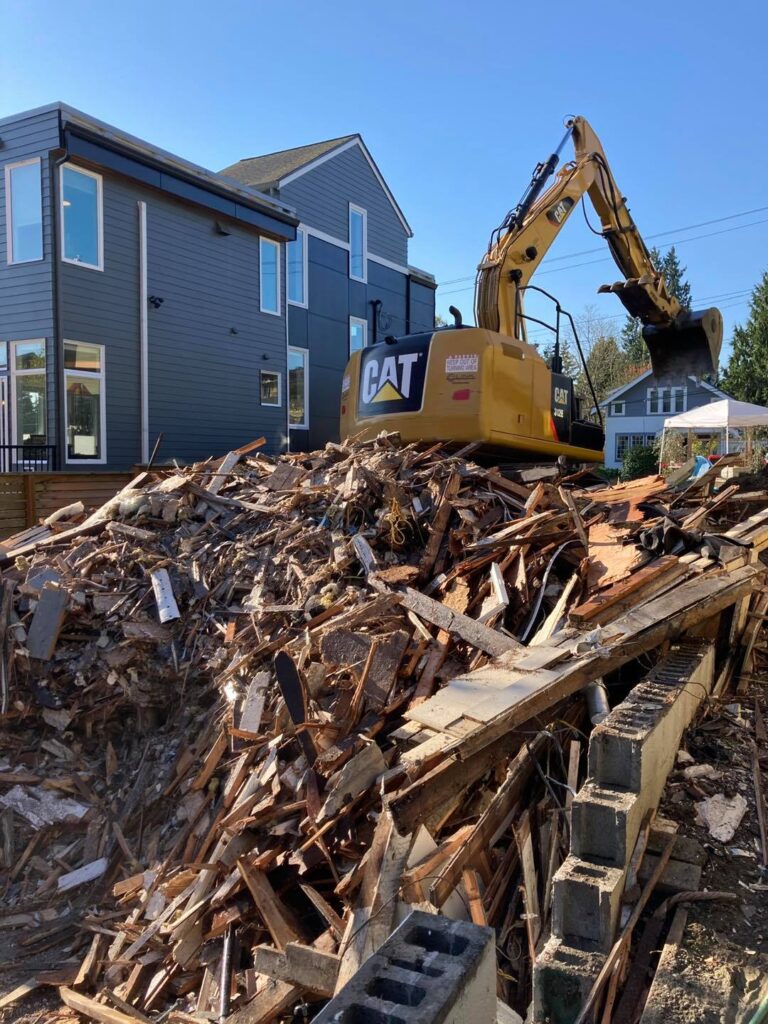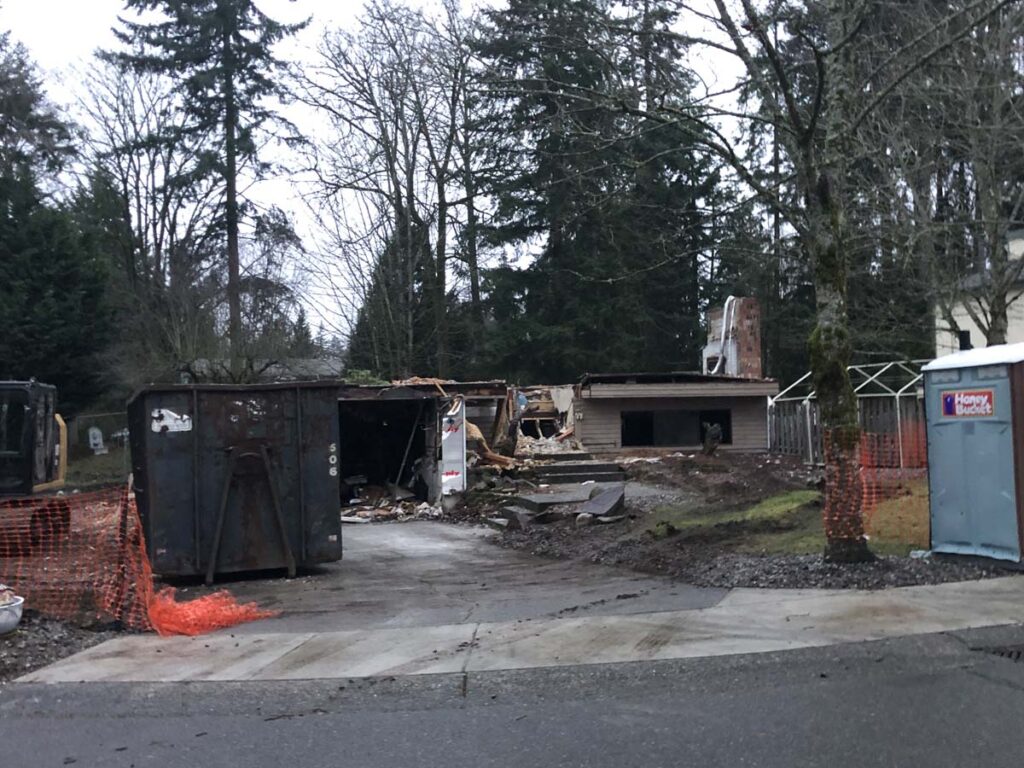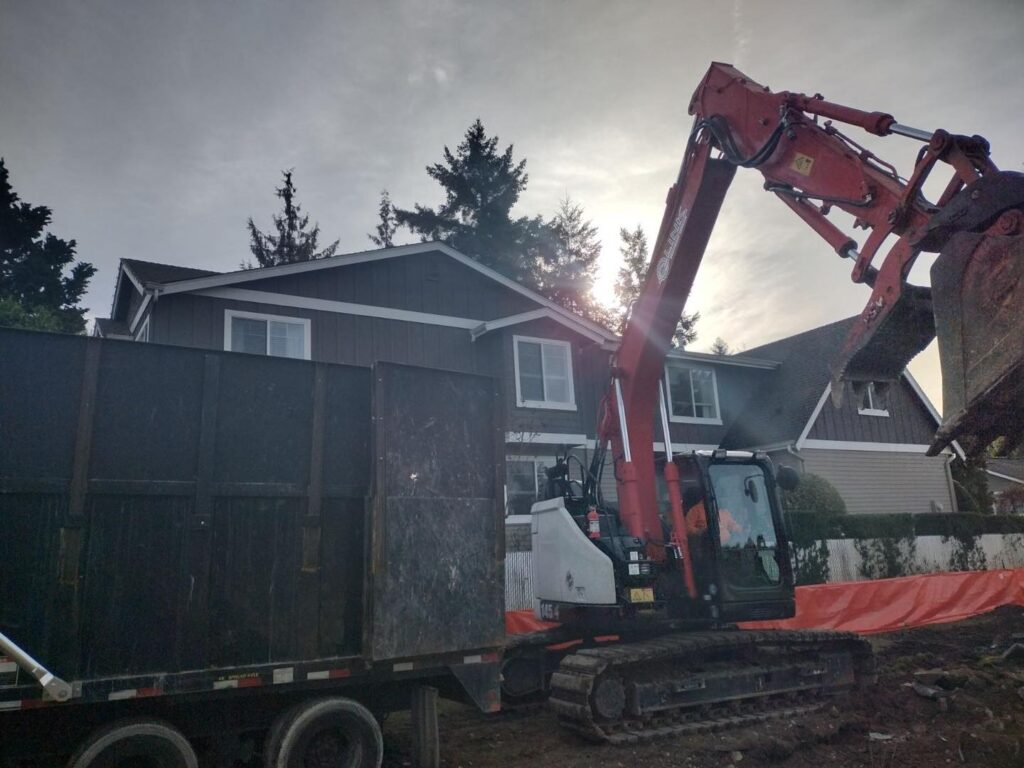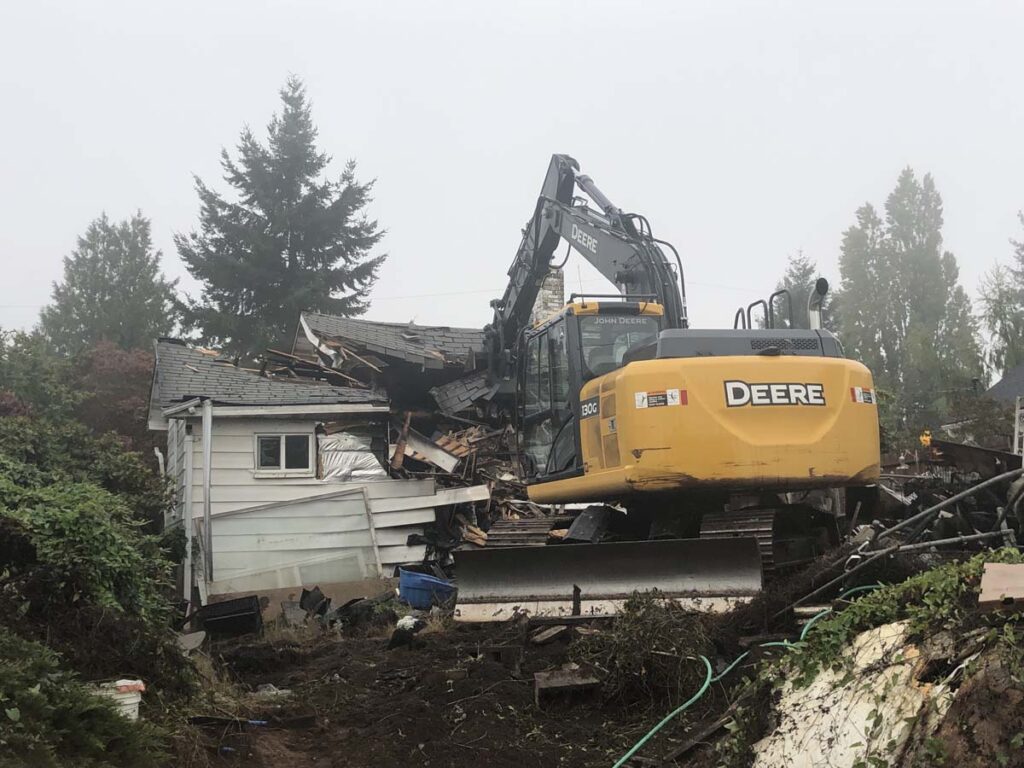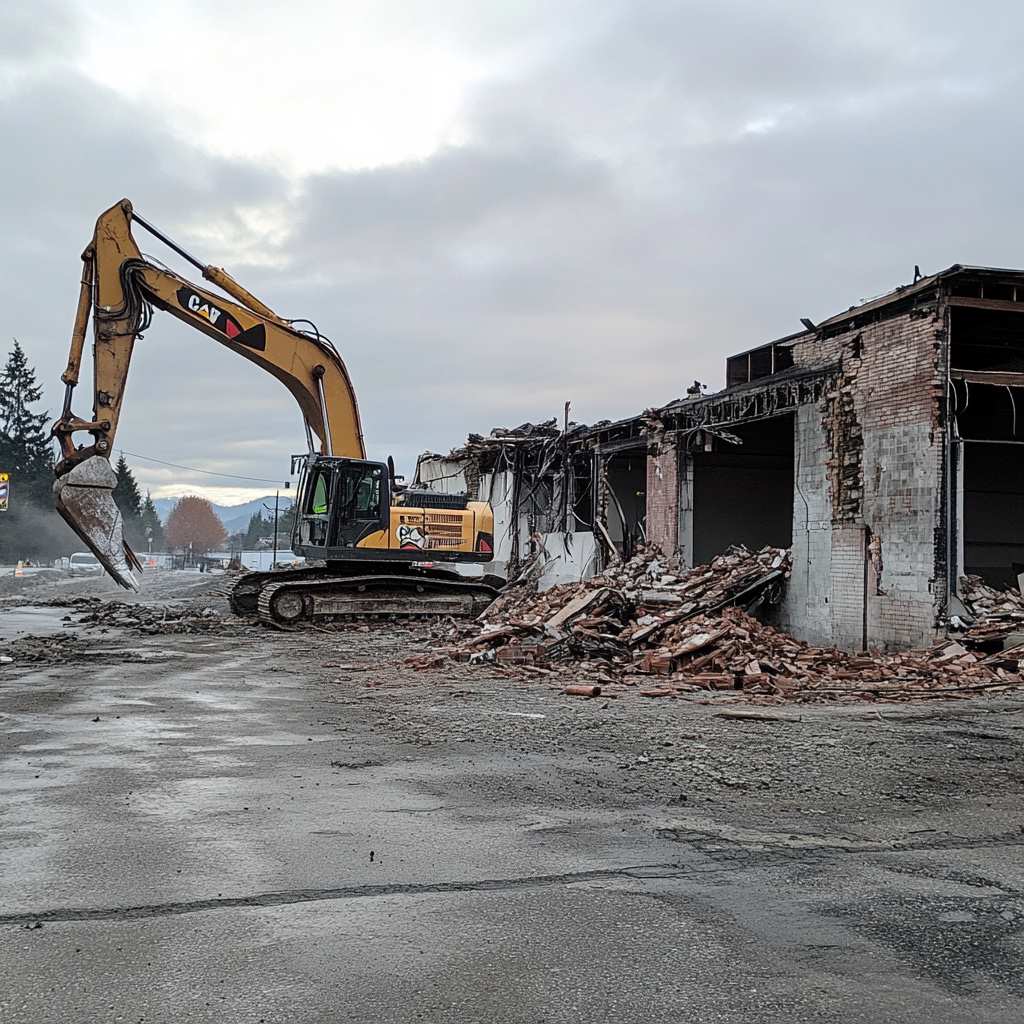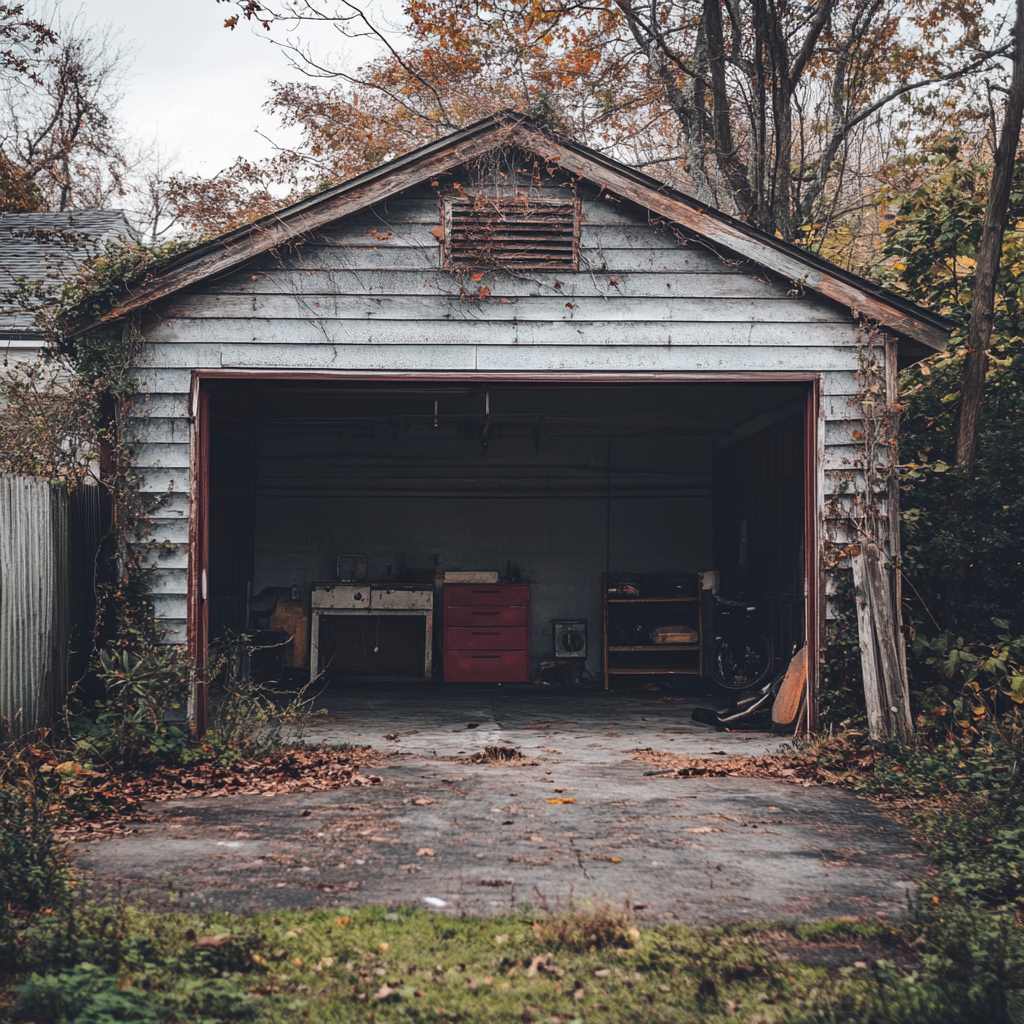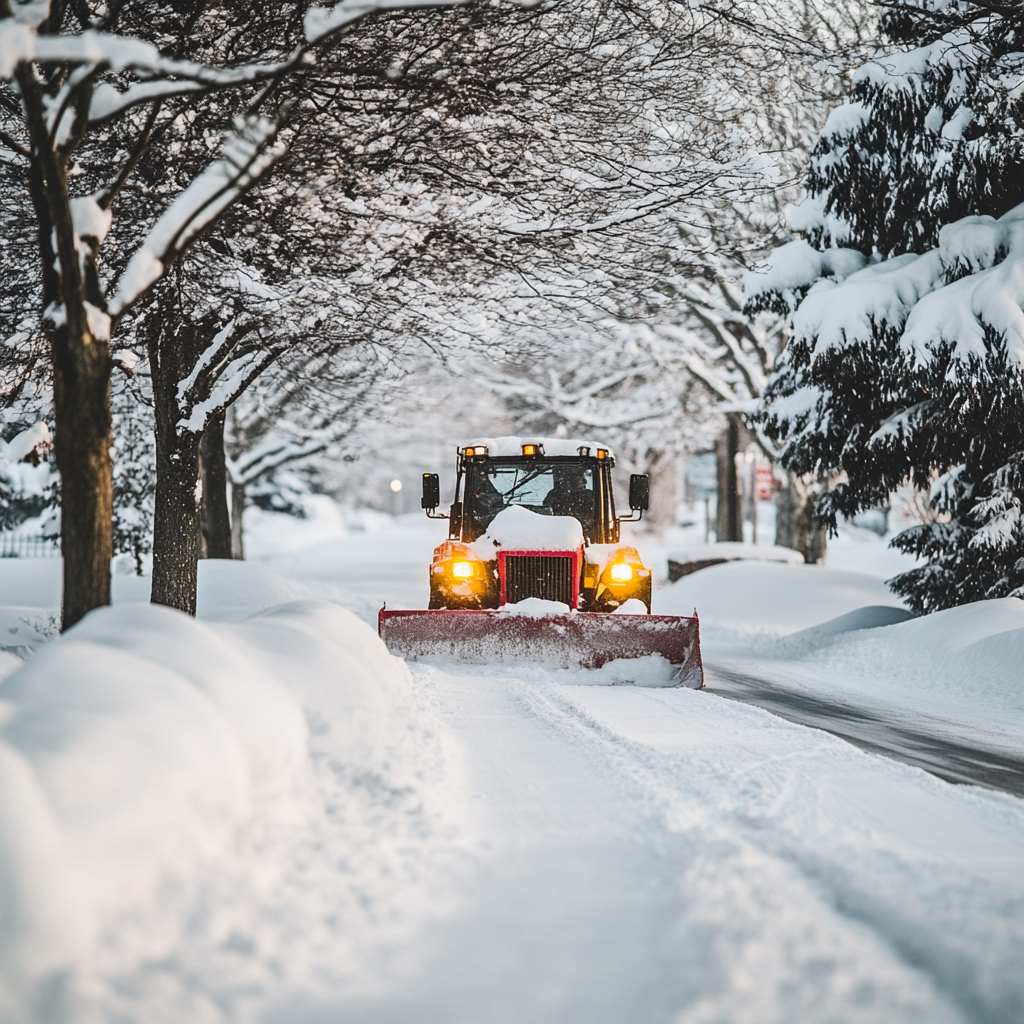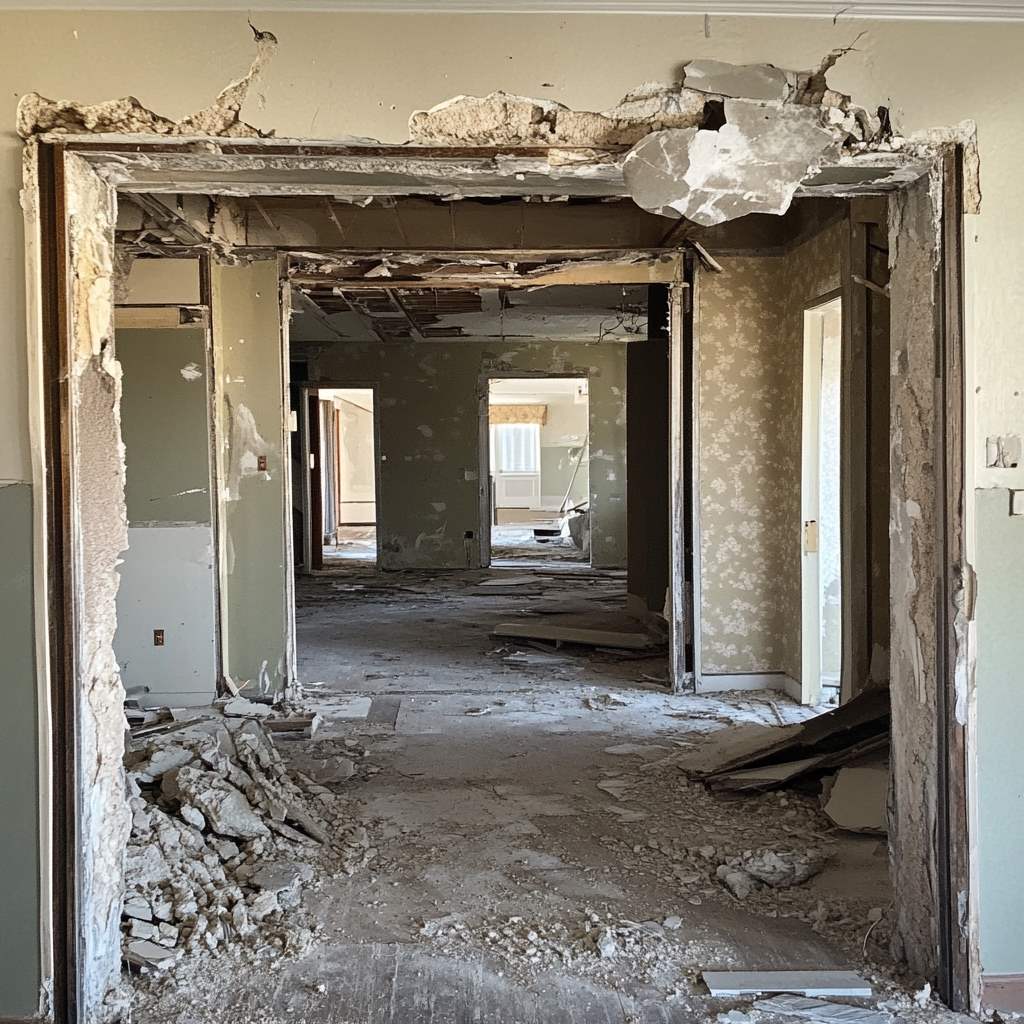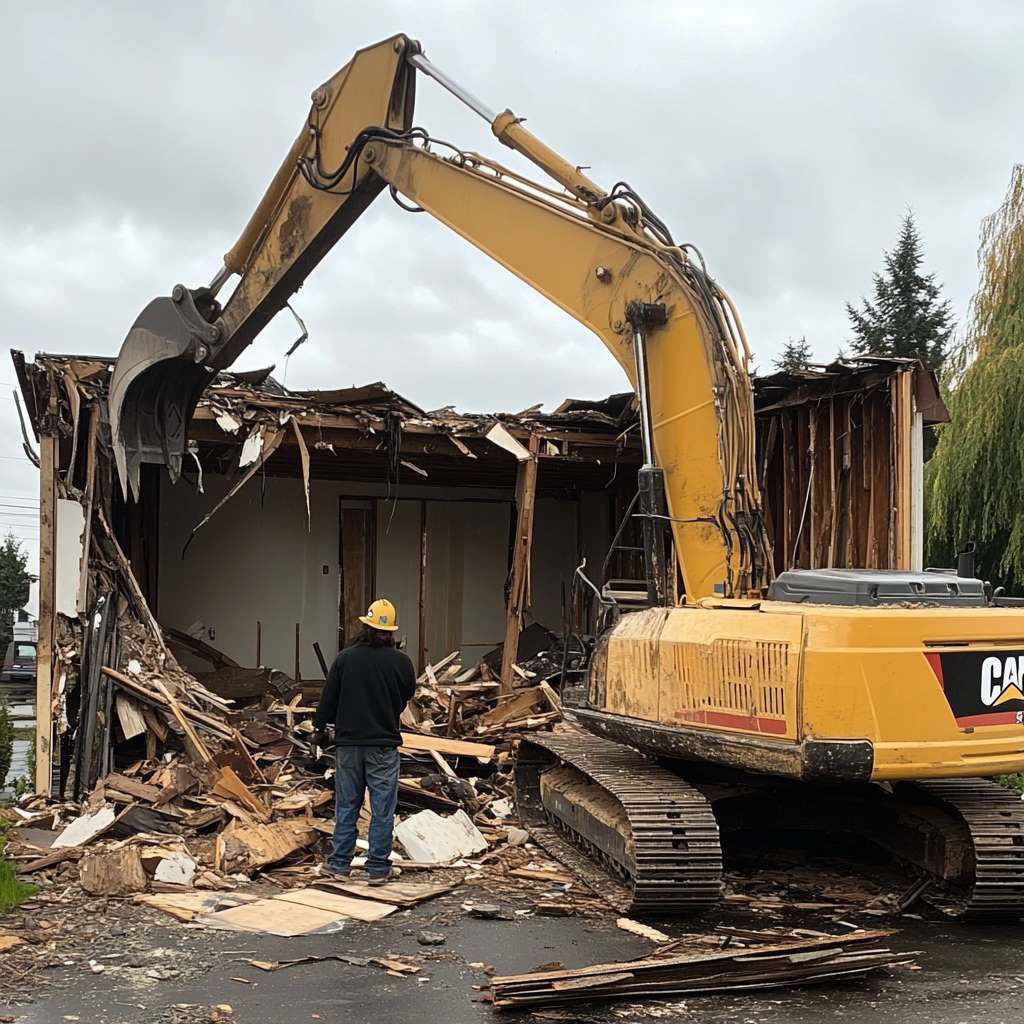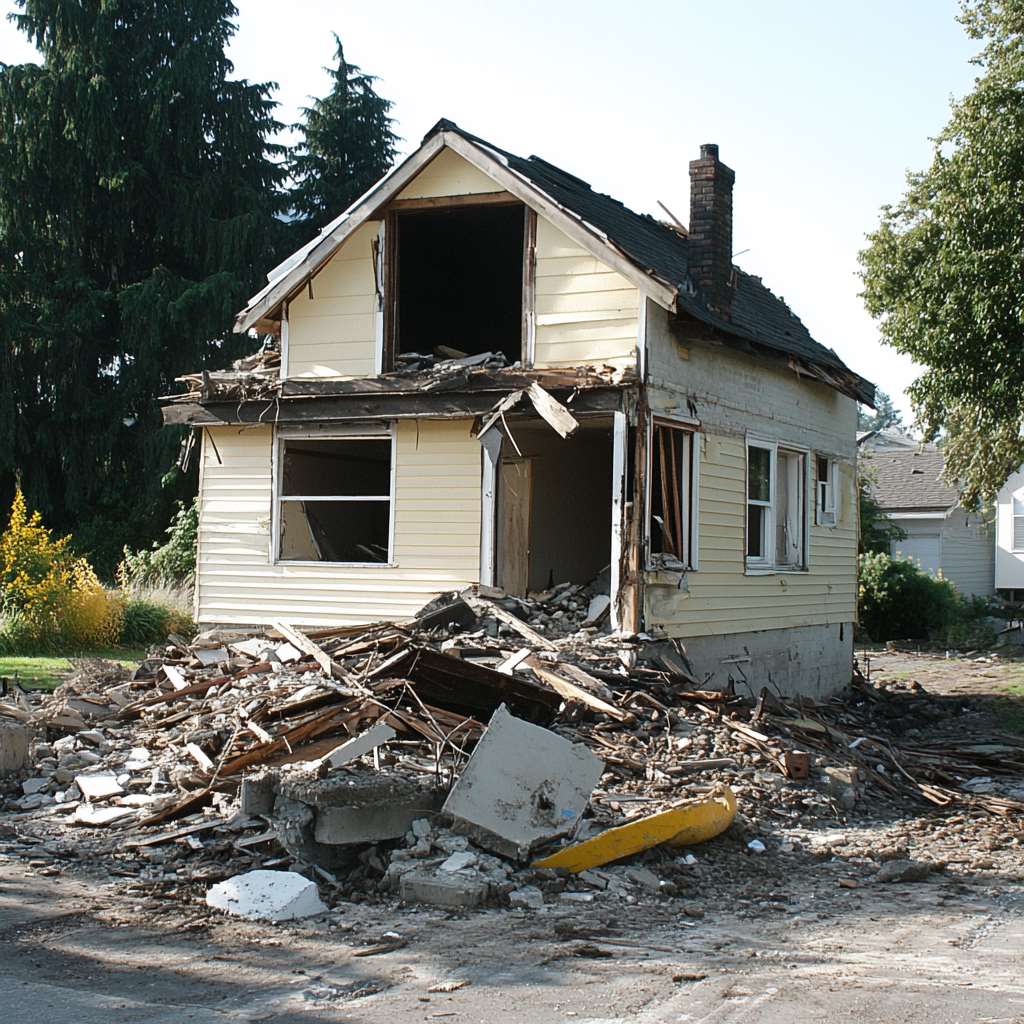When the time comes for House Demolition, the process can seem daunting. Whether your property is beyond repair or you’re looking to rebuild, knowing the right steps can ensure a safe and efficient demolition. Here in Washington, PNW Demolition in Everett is your trusted partner for tackling this big task. Let’s walk through the essential steps to take your house from standing to site-ready.
Key Takeaways:
Plan Thoroughly: From utility shut-offs to securing the necessary permits, planning is crucial.
Choose Your Method: Decide whether to go for manual deconstruction or mechanical demolition based on your situation.
Safety First: Always prioritize safety by hiring professionals like PNW Demolition, ensuring that all aspects of the demolition are handled expertly.
Efficient Cleanup: Post-demolition cleanup is as important as the tear-down process itself, making sure the site is ready for the next steps in your project.
How to Demolish a House Step-by-Step
Interior Home Deconstruction by Hand
It’s first off important to always consult with professionals before such a task. Before that, you’ll want to be sure to secure your required local Snohomish County Permit.
You can call them here: Permit Center (360)-282-3156
Or access their Self-Service Portal for Building Permits for an online application proess.
Step 1: Prep for Demolition
Preparation is crucial to ensure a smooth demolition process. Removing all personal belongings and furniture from the house prevents damage and loss, facilitating a safer work environment. If your home is still under a mortgage, it’s important to notify your lender of your intent to demolish the house as it may affect your mortgage agreement. Disconnecting utilities—gas, water, electricity, and sewage—is mandatory to avoid accidents and comply with legal requirements. Renting a roll-off dumpster is essential for managing debris efficiently, and gathering the necessary tools like sledgehammers, crowbars, and safety gear sets the stage for the physical work ahead.
Step 2: Tear Down Drywall
The demolition of drywall is a critical early step as it exposes the structural elements of the house, including wiring and plumbing, which may need to be salvaged or carefully removed. This step also helps in assessing the condition of the frame and any potential issues like mold or pest infestations hidden behind the drywall. Salvaging valuable materials such as copper wiring or pipes can offset some of the demolition costs.
Step 3: Remove Doors and Frames
Removing doors and their frames is not only about facilitating access. It also reduces the risk of damage to the items, which can be reused or sold, contributing to environmental sustainability. This step also prevents accidental injuries caused by doors swinging or collapsing unexpectedly during the demolition process.
Step 4: Tear Out Flooring Materials
The removal of flooring materials is a labor-intensive process that involves stripping down carpets, hardwood, tiles, or linoleum. This is crucial for exposing the subfloor and main floor structure, ensuring that no hidden components, like moisture or insects, compromise the integrity of future construction projects on the site.
Step 5: Repeat Process in Bedrooms Throughout House
Applying a consistent approach to each bedroom ensures that no area is overlooked. This systematic demolition helps in managing debris and sorting materials for disposal or recycling, maintaining an organized demolition site.
Step 6: Begin Bathroom Demolition
Bathroom demolition must be handled with extra care due to the presence of plumbing fixtures and the potential for hazardous materials. In older homes, materials like asbestos or lead might be present and require specialized removal to ensure safety and compliance with health regulations.
Step 7: Handle the Laundry and Utility Rooms
These areas typically contain heavier appliances and utility connections that need careful disconnection and removal. Handling these rooms involves precautions to deal with potentially hazardous materials, such as chemicals or gases, and to manage bulky items that might require specialized equipment to move.
Step 8: Deconstruct the Kitchen and Dining Room
The kitchen and dining areas often contain built-in structures like cabinets, countertops, and appliances. Careful dismantling of these elements is important to prevent damage to salvageable materials and to ensure that the demolition proceeds smoothly without structural complications.
How to Demolish a House Using Heavy Machinery
Step 9: Rent the Equipment You Need
For a complete demolition, the right equipment is crucial. Rent heavy-duty machinery like excavators, bulldozers, or wrecking balls from a reputable provider such as PNW Demolition. These machines are essential for efficiently breaking down structures and handling large debris. Ensure that the equipment is suited for the specific demands of your project, considering the size and structure of the building.
Step 10: Secure the Area
Safety is paramount during demolition. Before beginning the teardown, secure the demolition site to protect both workers and the public. This includes setting up barriers, fencing, and safety signs around the perimeter to prevent unauthorized access and potential injuries. Also, ensure that all workers have the necessary safety gear and that all safety protocols are followed.
Step 11: Tear the House Down
With preparations complete and the area secured, begin the actual demolition. Using the rented machinery, systematically tear down the structure. This should be done carefully and methodically to prevent unexpected collapses and to manage the fall of debris in a controlled manner. The process should be overseen by experienced personnel to handle the machinery and ensure that the demolition proceeds as planned.
Step 12: Clean Up the Debris
After the structure is dismantled, the next critical step is debris removal. Clear all rubble and waste materials from the site using the rented dumpsters and possibly additional equipment like loaders and dump trucks. Sorting the debris for recycling and proper disposal is important for environmental responsibility and may be regulated by local laws. This cleanup is essential not only for aesthetic and safety reasons but also to prepare the site for future use, whether for new construction or sale.
Ready to Get Your House Demolition Started with PNW Demolition?
When it comes to demolition, the right team makes all the difference. PNW Demolition in Everett, Washington, has the expertise and experience to ensure your old home is taken down safely and efficiently. Our professionals will work closely with you to develop a plan that meets your specific needs and goals.
We understand that demolition can be a disruptive process, which is why we take every precaution to minimize the impact on your property and the surrounding community. We will remove all debris in a timely and responsible manner, and we will work diligently to restore your property to its original condition.
Here are some of the benefits of choosing PNW Demolition for your demolition project:
- Safety: Our team is fully licensed and insured, and we follow all safety protocols to ensure the protection of our workers and the public.
- Efficiency: We have the equipment and manpower to complete your project quickly and efficiently, minimizing downtime and inconvenience.
- Experience: We have over 10 years of experience in the demolition industry, and we have completed hundreds of projects of all sizes.
- Customer service: We are committed to providing our customers with the highest level of customer service. We will work closely with you to ensure that you are satisfied with the results of our work.
If you are considering demolishing your old home, Contact Us at PNW Demolition today. We will be happy to provide you with a free estimate and discuss your project in detail.
Phone: (425)422-9042
FAQ: House Demolition
For complete demolition, heavy machinery such as excavators, bulldozers, and wrecking balls are typically used. The choice of equipment depends on the size and structure of the building.
Secure the demolition site by setting up barriers and safety signs to prevent unauthorized access and ensure the safety of both workers and bystanders. Make sure all safety protocols are followed.
Before beginning demolition, remove all personal belongings, disconnect utilities, inform any lenders, rent a dumpster for debris, and gather necessary tools and safety equipment.
The house should be torn down using heavy machinery in a controlled and systematic manner to manage debris and prevent hazards. The process should be overseen by experienced personnel.
Post-demolition cleanup involves removing all debris from the site and sorting it for recycling or proper disposal. This step is crucial to prepare the site for future use and ensure environmental responsibility.
Contact a reputable provider like PNW Demolition, which offers a range of demolition equipment for rent. Ensure the equipment is appropriate for the specifics of your project and that you have the necessary permits and training to use it.
